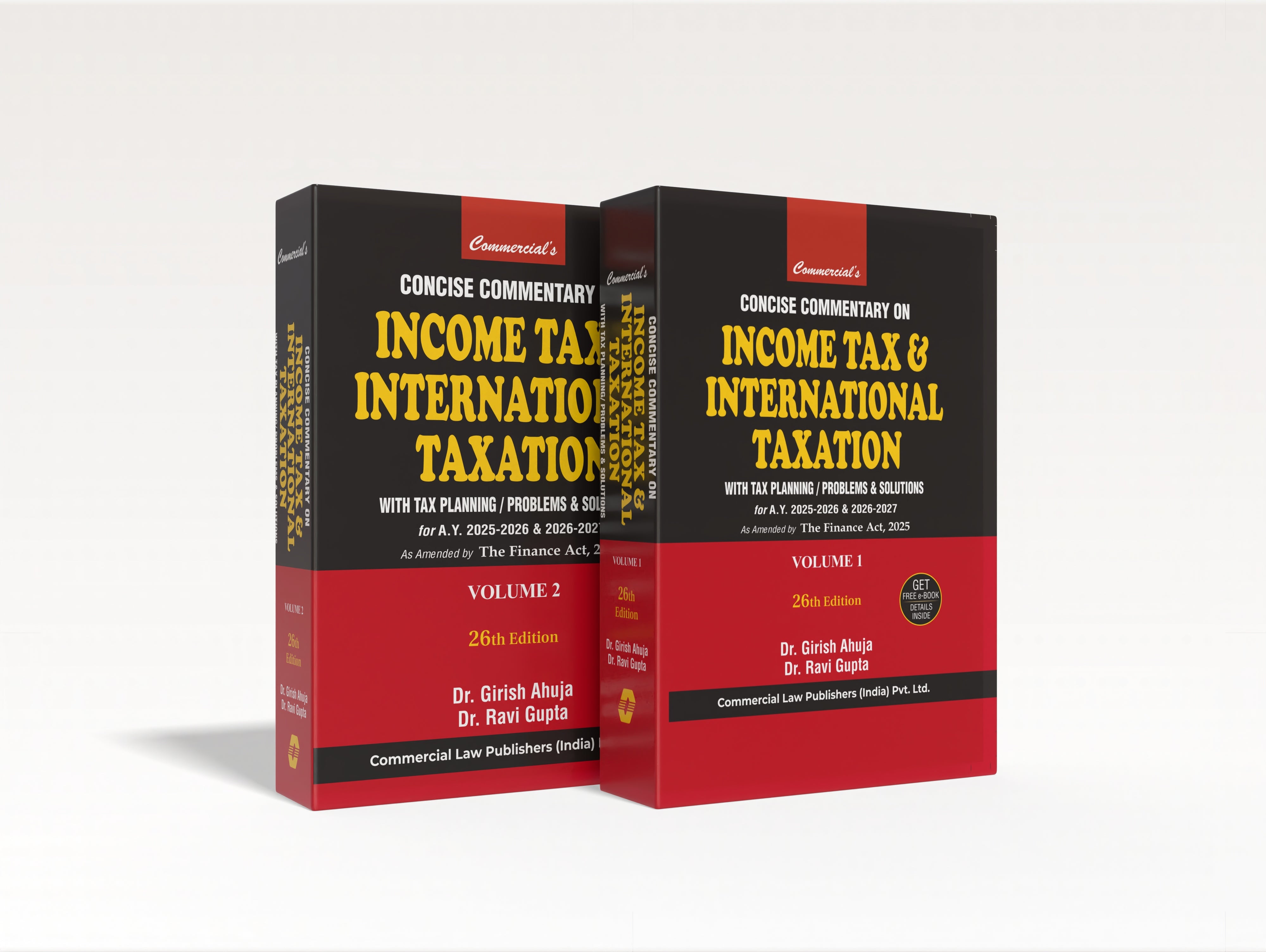Significant Modernization of India’s Direct Tax Law

While GST reforms focus on indirect taxes, the direct tax system is also being modernized. The Income Tax Act, 2025, which comes into effect from April 1, 2026, will replace the Income Tax Act of 1961, marking the biggest tax law overhaul in over six decades.
The objective is clear: make India’s direct tax framework simpler, more transparent, and digitally aligned.
Major Structural Changes
-
Simpler Drafting: The law now uses accessible language, reducing legal complexity and making it easier for both students and practitioners to interpret.
-
Consolidated Provisions: By eliminating overlaps and redundancies, the Act reduces the size of the law from over 800 sections to around 530, and trims the number of chapters for easier navigation.
-
Obsolete Sections Removed: Provisions that had no relevance in the modern economy have been deleted.
-
Unified “Tax Year”: The confusing dual concepts of Assessment Year and Previous Year are now merged into a single Tax Year, offering clarity and consistency.
Simplification & Compliance
The Act goes beyond restructuring—it redefines the compliance experience:
-
Digital Submissions & Faceless Assessments: Emphasis on online filing ensures greater efficiency and reduces the scope for human bias.
-
Support for Small Businesses & Professionals: Simplified processes and higher presumptive taxation thresholds make compliance easier for MSMEs and independent professionals.
-
Reduced Litigation: Clearer drafting means fewer disputes, saving taxpayers and authorities from unnecessary legal battles.
Impact on Individuals & Businesses
The reforms aim to bring stability in tax rates while making compliance smoother:
-
Stable Slabs: Tax slab rates and regimes remain unchanged for most taxpayers, offering predictability.
-
Digital Assets Recognized: Income from virtual digital assets (cryptocurrencies, tokens, NFTs, etc.) is now clearly taxable, removing ambiguity and strengthening enforcement.
-
Updated TDS, TCS & Rebates: Thresholds and processes have been modernized to boost disposable incomes and savings.
Economic & Legal Impact
-
Certainty & Transparency: Clearer rules encourage voluntary compliance and build trust between taxpayers and the government.
-
Reduced Disputes: Simpler, cleaner provisions will ease the load on tax tribunals and courts.
-
Flexibility for Policy Makers: The streamlined structure gives the government more room to introduce future reforms or incentives efficiently.
-
Revenue Growth: By widening the base and clarifying new-age assets, the Act strengthens India’s revenue collection system without raising tax rates.
Key Points for Non-Residents & Digital Assets
-
Non-Resident Taxation: Rules for non-residents are updated to maintain India’s global competitiveness while avoiding unnecessary complications.
-
Enforcement in Digital Spaces: Tax authorities now have the power to access virtual digital spaces in search and seizure cases, ensuring that taxation keeps pace with technology-driven income sources.
Conclusion: Towards a Smarter Tax Future
Together, the GST reforms and the Income Tax Act, 2025 reflect India’s determination to create a tax system that is modern, efficient, and globally competitive.
For students, these updates are crucial learning material that will form the backbone of future practice. For businesses and individuals, they represent a shift towards simpler compliance and reduced disputes. And for the government, they promise improved efficiency and stronger revenue mobilization.
India is stepping into a new tax era—one built on simplicity, transparency, and digital alignment.








